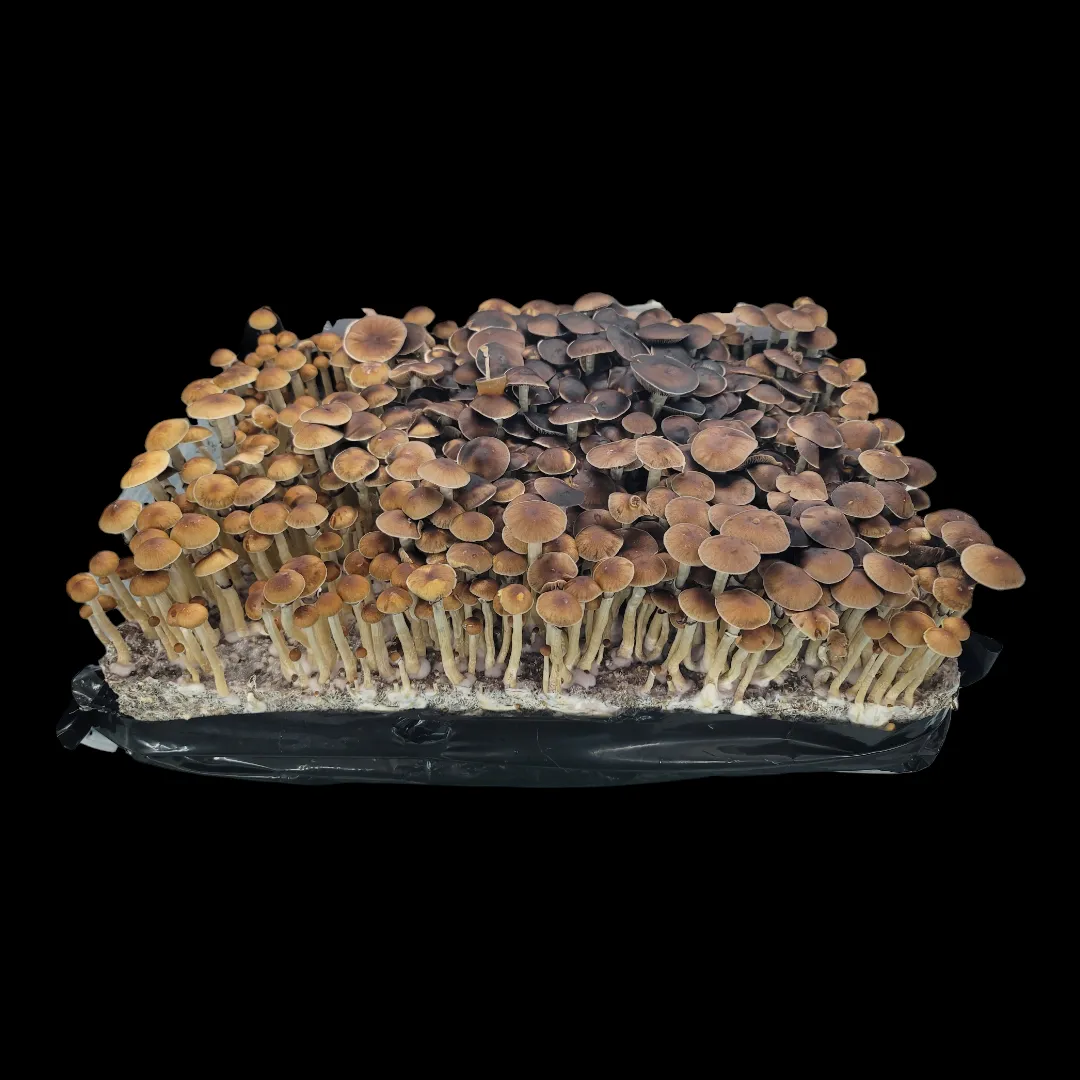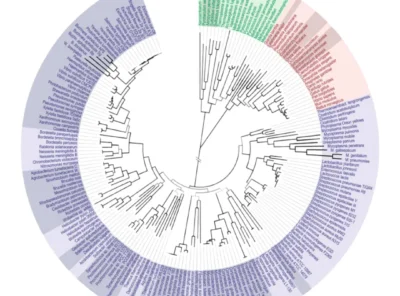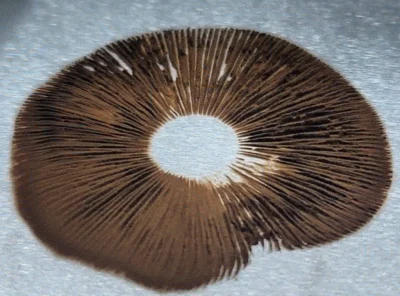Mazatapec – A Classic Psilocybe cubensis
Strain Origin
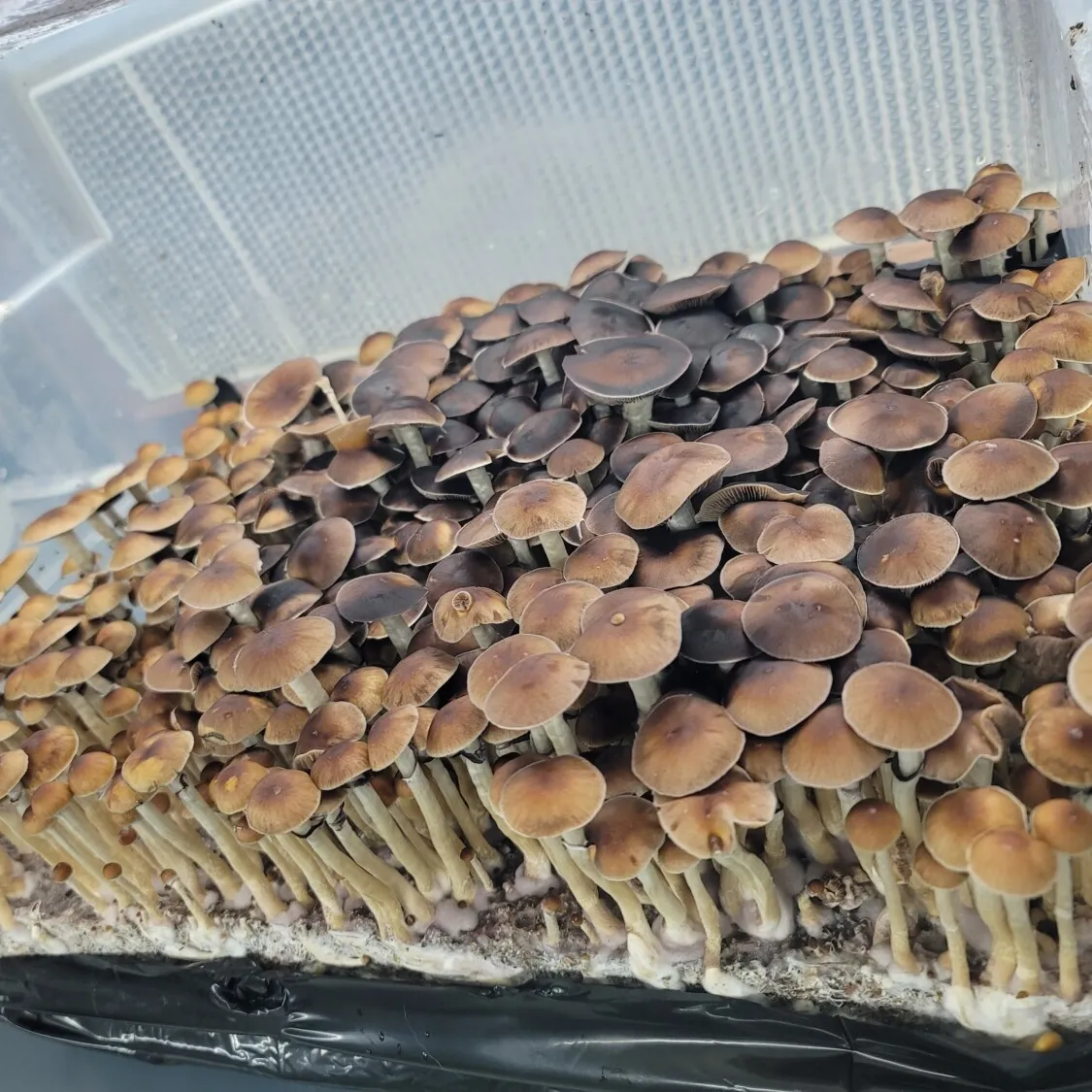
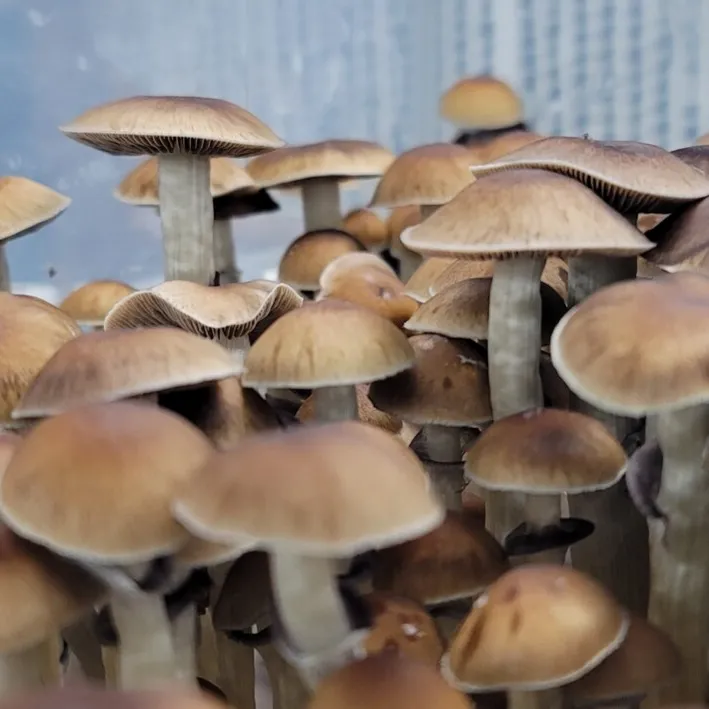
1. Cap: Medium to large, brown to golden in color, with a smooth, rounded shape that flattens at maturity.
2. Stipe (Stem): Slender to medium thickness, often tall and elegant.
3. Spore Print: Standard purple-brown, consistent with most cubensis.
4. Growth: Known for reliable flushes, though slower than some modern isolates. Its consistency made it a long-standing classic in collections.
Legacy in Mycology
Mazatapec was among the first cubensis strains widely circulated in the 1980s–1990s spore trade. It helped set the stage for the wave of cubensis varieties that followed, and it remains a touchstone for researchers, educators, and collectors alike. Its endurance as a “classic” isn’t just about its appearance it’s about the weight of history behind the name.
Mazatapec (often shortened to “Maz”) traces its roots to the Mazatec people of Oaxaca, Mexico the same region where María Sabina and other curanderas brought psilocybin-containing mushrooms into global awareness. These mushrooms were traditionally used in ceremonies as sacred tools for healing and insight. Unlike many cubensis varieties that emerged from accidental finds in pastures, Mazatapec is one of the few strains directly tied to cultural and spiritual practice.
Cultural Significance
The Mazatec people are known for their veladas — night-long ceremonies where mushrooms served as guides, not recreational diversions. Psilocybin fungi in this tradition were called “niños santos” (little saints), reflecting their sacred role. While it’s debated whether Mazatapec itself was the mushroom used in these ceremonies, the strain’s identity has become interwoven with the Mazatec legacy. In this way, Mazatapec stands apart: it isn’t just a cubensis; it’s a living symbol of how fungi shaped human ritual and culture.
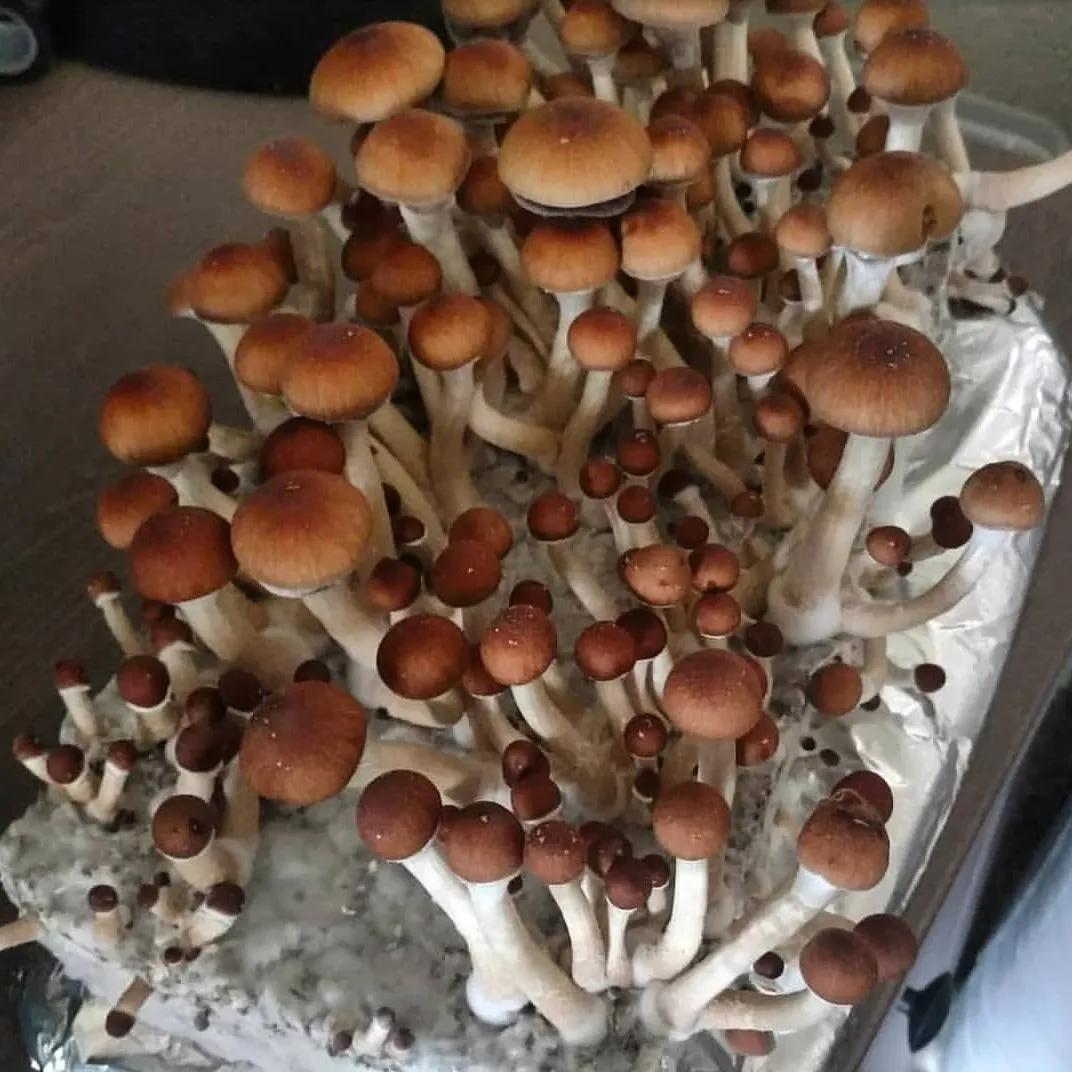
Modern Perspective
Today, Mazatapec continues to be valued both for its morphology and its cultural associations. It stands as a reminder of how deeply human history and fungal biology are connected from the hills of Oaxaca to collections worldwide.
